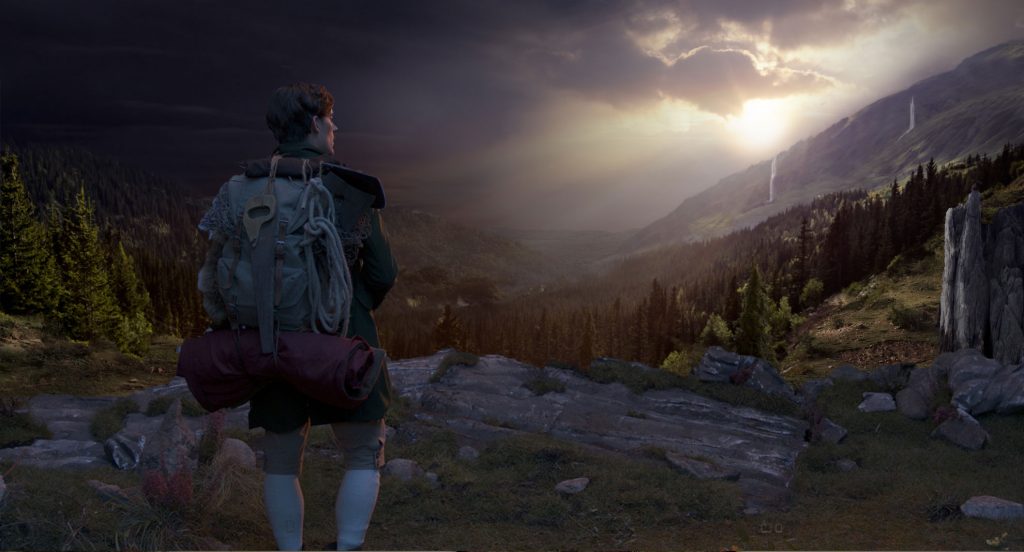The
matte painting
is a technique used in the film and animation industry to create an illusion of landscapes, buildings and other scenes by painting on glass or another medium. The technology has a long history and has evolved over time.
The origin of matte painting can be traced back to the early 20th century, when filmmakers began painting backgrounds for their films. In the 1930s, the technique was further developed and refined by filmmakers such as William Cameron Menzies and Carroll Clark, who became known for their work on films such as Gone with the Wind and King Kong.
In the 1940s, matte painting became an important technique for the film industry, especially for making war films. The paintings were usually painted on glass and then placed in front of the camera to create a realistic scene. At this time, techniques such as “rotoscoping” and “optical printing” were also developed to create realistic scenes that would not have been possible using traditional methods.
Matte painting continued to develop in the 1950s, particularly through the work of matte painters such as Albert Whitlock, who became known for his work on films such as “The Birds” and “The Graduate.” Whitlock developed techniques to create the illusion of depth and perspective in his paintings, resulting in more realistic scenes.
Matte painting evolved again with the development of computers in the 1980s. The paintings were now created digitally and could then be integrated into the film production. This technology has allowed filmmakers to create even more complex and realistic scenes without the need for elaborate sets or travel to distant locations.

Image from:
mattepainting.com